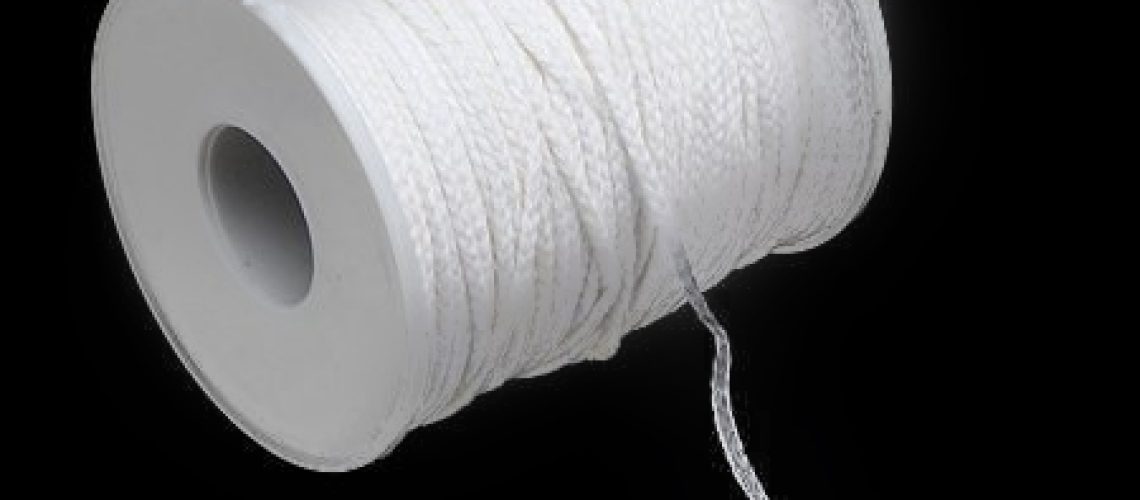This newsletter is being sent as an educational service to your Church. This is the sixth in a series of short articles on getting the most out of your altar candles. These will be excerpted from the booklet “The Light in Your Church – A Guide to Carefree Money Saving and Green Use of Candles in the Church” authored by Ross Raby, President of ChurchWares Direct. We hope you will find this very useful.
In the old days, wicks were made up of cotton yarns rolled and twisted together. The result was an uneven burning, smoky, flickering flame. In fact, the word “candle” is derived from the Latin word candēla which translates “to flicker”. These old wicks were of some value, at least in determining a name.
Modern wicks come in three types, polyethylene core wicks with a woven cotton sleeve, flat-plaited cotton wicks and square braided cotton wicks.
All cotton wicking is treated by “pickling” in a salt solution to retard the combustion of the wick. Wicking is placed into a vast vat containing a mixture of water, ammonium phosphate, ammonium sulphate and sodium borate for a period of about a day. It is then allowed to dry before being used.
The polyethylene core wick is commonly used in candles in glass containers, such as votive candles. The solid polyethylene core provides support to the wick, keeping it rigid when it is surrounded by melted wax.
By plaiting a cotton wick, instead of merely twisting it, the wick will curl as it is being burned. This will bend the wick into the hottest part of the candle flame, burning off the tip. As a result, this type of wick is self-trimming. Because the way the wick is plaited will cause the curl to go to one side, there is sometimes a problem with narrow or tapered candles in that the flame becomes off-centred resulting in overheating of one side of the candle, and subsequent dripping down the sides. Therefore the flat plaited wick is most often used for larger, fatter candles.
The solution to the problem of off-centred burning is the square braided wick. These wicks burn straight up and therefore are most useful for tapers and narrow candles. The disadvantage of this type of wick is that the flame given off is smaller and narrower than the rich flame given off by the flat plaited wick.
LIGHTING AND SNUFFING YOUR WICKS
In a future newsletter, we will be discussing hints on how to avoid wick damage while lighting and extinguishing your candles.


